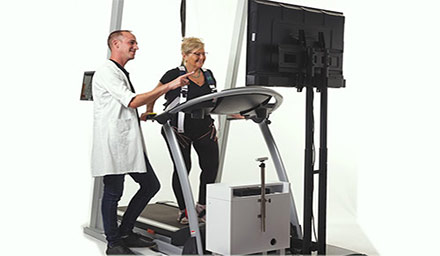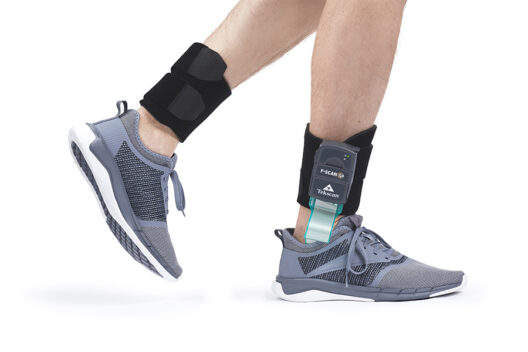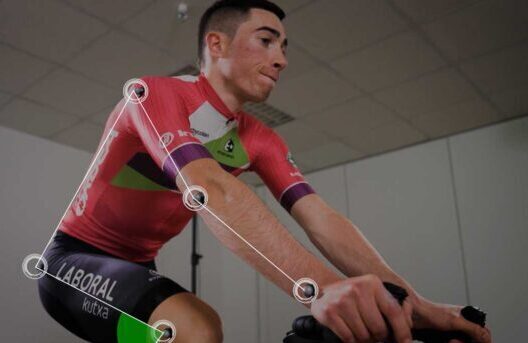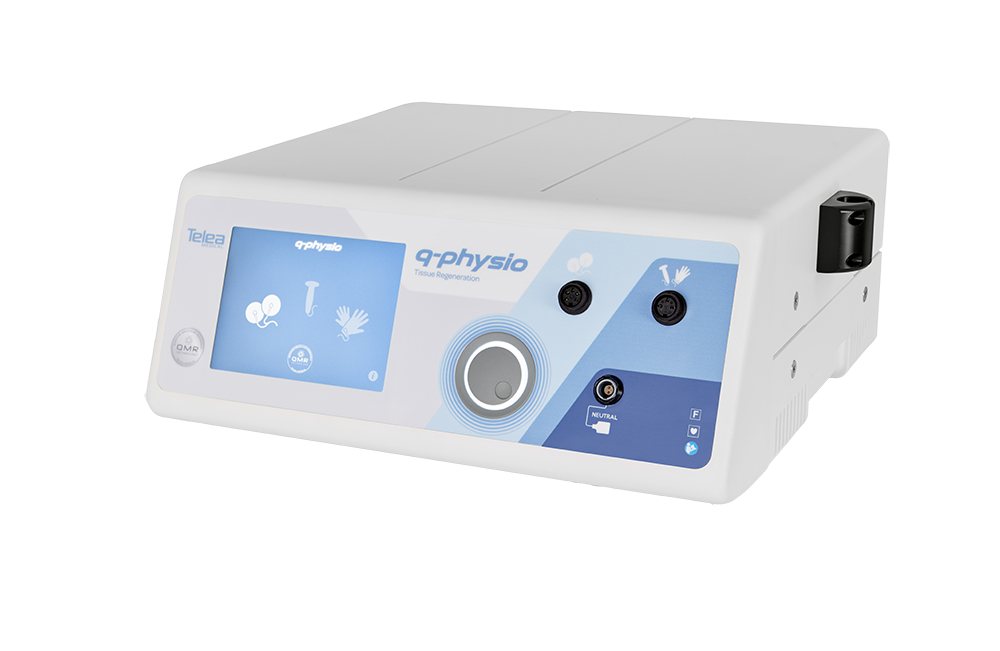Diabetic Kidney Disease (DKD) is a known and serious complication of Type 2 Diabetes Mellitus. Could this complication in any way be predicted by a simple and non-invasive test? Fang et al. (2020) found it could.
Background:
Previous studies showed a significant association between Diabetic Polyneuropathy and Diabetic Kidney Disease. However, the chronology by which they occur is thus unclear. Fang and colleagues hypothesized that thermal quantitative sensory testing (QST), a marker for small fiber function, could be a sensitive indicator for the decline in renal function in type 2 Diabetes patients.
Study design:
In this prospective study lasting a little over a year, 432 patients under treatment at the Chang Gung Memorial Hospital in Keelung Taiwan were recruited. All patients underwent biochemical and microvascular screening, as well as thermal QST.
Thermal perception thresholds were measured bilaterally on the thenar eminence and the dorsolateral foot for both warm and cold using the Method of Limits with Medoc’s TSA device.
Abnormal perception was scored as 0-8 points: one point for each abnormal average threshold measure; per limb and modality (heat and cold). The more limbs were involved, and the more deficits were found, the higher the score.
Neuropathy was diagnosed based on the following criteria: 1) clinical symptoms including burning sensation, paresthesia hyperesthesia; 2) reduced touch and vibration sensation and absence of Achilles Reflex.
Diabetic Kidney Disease (DKD) diagnosis was established based on albuminuria and estimated Glomerular Filtration Rate (eGFR) values. Advanced DKD was defined eGFR<45 mL/min/1.73m2.
Of the 432 prospective patients, 53 had an eGFR level lower than 45.
Results:
The results of the study demonstrated significance of several factors.
Diabetes duration, age, triglycerides levels, hypertension, and lower limb cold perception abnormalities were independent prognostic factors for advanced DKD. Additionally, upper limb warm perception abnormalities, lower limb warm perception abnormalities and lower limb cold perception abnormalities were significantly correlated with retinopathy. All tested thermal perception abnormalities demonstrated significant negative correlation with eGFR levels. Lower limb cold perception abnormality is significantly correlated with the urine albumin creatinine ratio, a measure of kidney disease as consequence of diabetes.
Conclusion:
To conclude, thermal QST is a sensitive measure for identifying Diabetes patients at risk of suffering from Diabetic Kidney Disease.
Citation:
Fang, W. C., Chou, K. M., Sun, C. Y., Lee, C. C., Wu, I. W., Chen, Y. C., & Pan, H. C. (2020). Thermal Perception Abnormalities Can Predict Diabetic Kidney Disease in Type 2 Diabetes Mellitus Patients. Kidney and Blood Pressure Research, 45(6), 926-938.



































